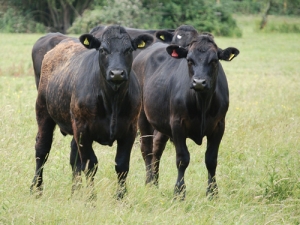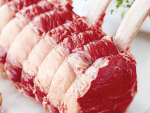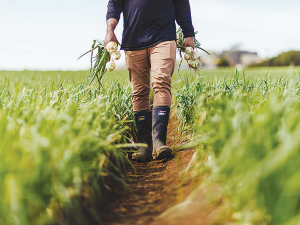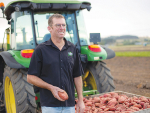After the drought-induced decline in the US beef cowherd in recent years, the industry is making amends and rebuilding its depleted numbers.
Expectations are US stocks will grow by more than three million head in the next three-to-five years; a move will be felt outside the US, says Rabobank.
With around 50% of New Zealand’s beef exports destined for the US; the rebuilding of the US cowherd may impact the strong demand for Kiwi beef seen in recent years.
In its recently-released report titled ‘Beef cow repopulation – the case for diversification’, Rabobank says that the economic signals for rebuilding the US herd are clear, and in the next four to six years, the location of the US cow herd is going to look “considerably different” than it did before the 2011 drought.
Report co-author, US-based Rabobank Food & Agribusiness Research and Advisory (FAR) senior analyst Don Close says the initial growth phase will be relatively quick and will flatten out.
“We are going to see the process happen in two phases and in different geographies than we would have seen a few years ago,” Close says.
“The excess capacity in the southwest and high plains will fill out first. Once that area has repopulated, rebuilding will occur in the central US – mainly in the Dakotas and into the Corn Belt.
“What is worth noting is that the rebuilding of the US herd will hopefully return the industry to a place of less market volatility for all market segments. Once cow numbers are rebuilt, there should be a levelling off of replacement cow prices which have remained at historically high levels since the 2011 drought.”
Close says this shift will create opportunities for new winners to emerge, and will challenge historical models of calf production, feeder acquisition, and crop-producing businesses.
“Although it will depend on factors such as exports and weather, I expect a total of 3.5 to four million head more than the 2014 low of 29 million beef cows,” he says.
“Of that total, 1.7 million head will come from newly-developed capacity in the central US – areas typically focused on row crop production.”
Given the importance of the trends in the US beef market that can closely impact the New Zealand beef market direction, New Zealand beef producers will be watching closely to see how this re-establishment of the domestic US herd unfolds.
Rabobank animal proteins analyst Matt Costello says while the developments taking place in the US herd are certainly relevant for the local New Zealand beef export market, the outlook for New Zealand’s beef exports remains very positive.
“We had always expected that at some stage the US herd would ‘turn the corner’ and begin to rebuild,” Costello says.
“Over time, the increase in US slaughter cattle will likely lead to a softer demand picture for New Zealand beef exports, but we expect the local market prices to hold firm for the medium term. This view is also being supported by a weakening New Zealand currency relative to the US. ”
One key reason behind this forecast, Costello says, is the decline in the Australian beef cattle herd, which is a major exporter to the US, and a key competitor to New Zealand’s beef export sector.
“We’re going to see a contracting supply scenario in Australia play out over the coming years following near record cattle slaughter numbers that have kept coming since 2013 – this reduction in supply from Australia is positive news for the New Zealand beef industry given Australia is the major competitor to New Zealand lean beef exports,” he says.
“Competition will remain fierce in the US market, particularly from other protein sources, but New Zealand is in a great position to remain a significant exporter to the US beef market in the coming years.”











